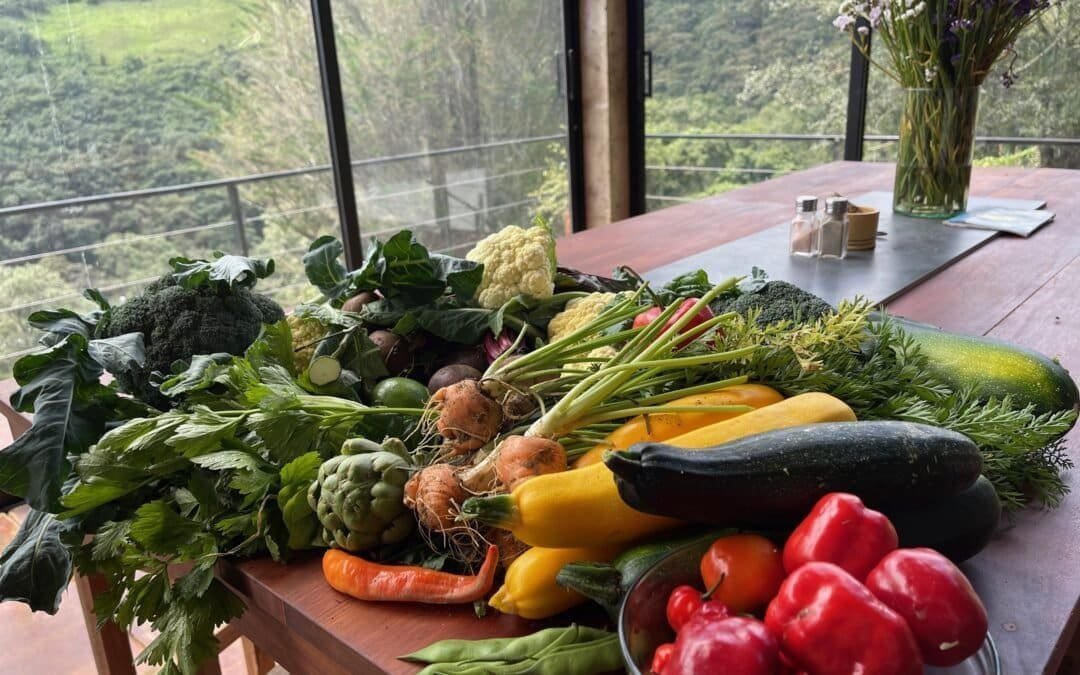Understanding Medicinal Plants and Their Healing Properties
Medicinal plants refer to those plants that possess therapeutic properties and are often utilized in the preparation of herbal remedies. Historically, these plants have served integral roles in various cultures, demonstrating the long-standing relationship between humans and the natural world. Traditional medicine systems, including Ayurveda, Traditional Chinese Medicine (TCM), and Indigenous medicine, have relied on medicinal plants for centuries, providing healing solutions that predate contemporary pharmacology.
Among the plethora of medicinal plants, Echinacea, Lavender, and Ginseng stand out for their notable therapeutic effects. Echinacea is commonly recognized for its immune-boosting properties, often used to prevent or alleviate symptoms of colds and influenza. Its active compounds, including alkamides and polysaccharides, react with the immune system to enhance the body’s defenses against infections. Lavender, on the other hand, is praised for its calming effects, frequently employed in aromatherapy to reduce anxiety and improve sleep quality. The primary active constituents, linalool and linalyl acetate, contribute to its sedative and anti-inflammatory properties.
Ginseng, particularly Panax ginseng, is another widely studied medicinal plant. Its reputation as an adaptogen allows it to help the body manage stress and enhance physical performance. The active compounds known as ginsenosides are believed to underlie many of its health benefits, including improved cognitive function and immune response. Scientific studies have increasingly validated the efficacy of these medicinal plants, providing evidence for their roles in treating various health conditions. For instance, clinical trials have shown that Echinacea can reduce the duration and severity of cold symptoms, underscoring the importance of integrating herbal remedies into modern healthcare practices.
Practical Applications of Medicinal Plant Therapy
Incorporating medicinal plant therapy into daily life can provide numerous health benefits when approached with knowledge and caution. Individuals can begin by sourcing these plants through various methods: cultivation, foraging, or purchasing from reputable suppliers. For those inclined to grow their own, a small herb garden can serve as an accessible starting point. Popular medicinal plants such as basil, lavender, and peppermint can thrive in home gardens, offering both culinary and therapeutic advantages.
Foraging is another viable option, though it requires a solid understanding of local flora to avoid toxic plants. Therefore, individuals should consider attending workshops or guided tours led by knowledgeable herbalists. Purchasing from trusted suppliers ensures quality and safety, enabling consumers to access a range of products, including dried herbs, tinctures, and essential oils.
Various methods of administration exist, and understanding the most suitable one is essential for optimal results. Herbal teas, for example, are an easy introduction for those new to medicinal plants. These can be made by steeping dried leaves or flowers in hot water. Tinctures, which are concentrated liquid extracts obtained by soaking plants in alcohol or vinegar, allow for quick absorption and potent effects. Essential oils provide another form of application, suitable for aromatherapy or topical use when diluted properly. When using these oils, one should exercise caution regarding dosages and potential skin irritations.
Importantly, individuals must consider potential interactions between medicinal plant therapy and conventional medications. Consultation with healthcare professionals is crucial before embarking on any new herbal regimen. This conversation can help mitigate risks and enhance the therapeutic effects of both traditional and alternative treatments. Lastly, anecdotal evidence can be inspiring; many individuals report significant improvements in their health and wellbeing through the mindful incorporation of medicinal plants into their everyday lives, illustrating the potential of this holistic approach.

